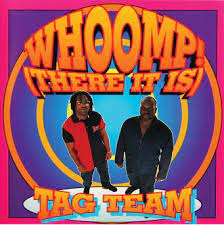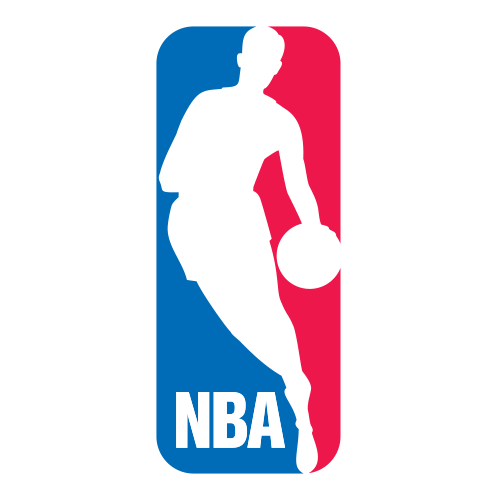The New York Knicks’ roster does not look finished. And it’s not because they no longer employ a conventional backup power forward. This isn’t 1998. There are no bangers who will mutilate them just because Josh Hart or RJ Barrett is at the four instead of the slightly taller Obi Toppin, who was there last season.
But this group — power forwards, aside — is not balanced. Even after trading Toppin to the Indiana Pacers and signing former Golden State Warriors guard Donte DiVincenzo, who was the team’s top free-agent target heading into July, something is off.
The Knicks are overflowing with guards: Jalen Brunson, Immanuel Quickley, Quentin Grimes, Hart and DiVincenzo. They’re loaded with bigs: Julius Randle, Mitchell Robinson and Isaiah Hartenstein. Yet, they’re without a rangy wing — unless they believe Barrett is ready for a defensive leap. They went into the offseason hoping to improve their shooting. And swapping Toppin for DiVincenzo does that … but not in a meaningful way.
And that, in part, is why this offseason appears incomplete. In their most-important moments, the Knicks will deploy no more shooting than they did during 2022-23 — and sometimes, they may show off even less.
If this is the roster the Knicks take into the regular season, then they will rely the most on Hart to defend big wings, which he can do. But let’s use deductive logic here.
If the Knicks face a team that has a top-notch big wing (as many of the best squads do), and Hart is the player New York prefers defending him, then that means they need Hart on the floor while the other team is playing its starters. And that means, in those scenarios, Hart will be in the closing lineup. That means he will bump either the starting shooting guard or small forward — either Barrett or Grimes or DiVincenzo — from the court at the ends of those games. All three of those players are better floor spacers than Hart; even Barrett, who struggles with his 3-point shot but can get hot, too, and will keep letting them fly if he does, which draws the defense to him.
Opponents, meanwhile, have no problem leaving Hart open.
So let’s break down what all this means: the Knicks wanted to improve their shooting, and the roster they currently have is technically better from deep. DiVincenzo shot 40 percent from 3-point land with the Warriors in 2022-23. Toppin, meanwhile, is inconsistent from beyond the arc. DiVincenzo is more of a guard defender who likes to disrupt passing lanes, but because they haven’t added a defensive-minded wing, they could actually spend their most-important moments with even more scrunched spacing than they showed off this past season — placing Hart, Barrett, Randle and Robinson around Brunson. That’s four players who defenders have no problem leaving to swarm Brunson whenever he hits the paint.
Even though the objective was to protect against this situation, the Knicks are in a similar place as they were in this past spring, when the Miami Heat kept their offense in check during the second round of the playoffs, leaving shooters alone to stifle Brunson in the middle.
Something doesn’t add up. And it’s not just the shooting element.
The Knicks removed 15 minutes of playing time when they agreed over the weekend to deal Toppin for a couple of second-round picks. That’s fewer minutes than DiVincenzo would command. One of the younger players could get squeezed, whether it’s Quickley or Grimes or Barrett.
Even as the free-agent market dwindles (we’re past the stage of star hunting or even hoping the Torrey Craigs of the world fall into your lap; only restricted free agents and smaller names remain on the market), the Knicks may have another move up their sleeve.
The world chatters about their quest for a star. But there are other tweaks they could make, ones that may not seize this faceless, long-awaited MVP candidate but could make them better today — and if a move like that occurred, it would give the DiVincenzo signing new context.
League sources told The Athletic that New York has contacted multiple rival front offices this offseason with a similar objective. The Knicks have built packages around their promising young players to target prime-aged veterans they believe would help the current roster. If they flipped one of their 20-something guards for a versatile wing, that would change the context of the DiVincenzo signing, too.
The Knicks welcomed DiVincenzo knowing his presence could make a trade for a star a teensy bit more difficult, which was somewhat surprising, considering this organization has done everything in its power to make itself as flexible as Liberty Barros in hypothetical trades for anyone on a max contract.
New York has signed players to middling contracts it could compile together in trades for larger salaries. It has twice traded a first-round pick on draft night for at least one future first-round pick just because the future first-rounder could be more valuable in a trade for a star.
Once a draft selection turns into a living, breathing human, its trade value diminishes. But maybe, the Knicks figured, they could flip one of those future picks in a larger deal for a star. They explored trading Quickley for a future first-rounder last autumn, league sources told The Athletic at the time, because they considered the idea that a first-round pick would be more valuable in a star trade than Quickley, who is eligible for an extension this summer and is about to get expensive.
And yet, the Knicks used almost all of the $12.4 million midlevel exception to sign DiVincenzo, which comes with a consequence. Let’s save all the salary-cap geekiness for another day, but for the sake of this point, just know that if a team uses more than $5 million of the MLE to sign a player, that team becomes hard-capped at $7 million above the luxury tax line, which the Knicks are pushing up against right now. New York also has more than $4 million in unlikely incentives owed to Barrett and Evan Fournier that it won’t get taxed on but that does count toward the hard cap.
There’s a world where the Knicks enter the season $3 million or so short of the hard cap, which would make any trade for a player on a max contract hardly impossible but still more complicated. Yet, the team that’s bent over backward just to become a hint more flexible opted to put itself in this position — just so it could fight forward without enough size, shooting or room for all the guards.
Something with the Knicks does not feel right. Maybe it’s that their plan isn’t done.


Has to be a trade incoming… Although I will say, we didn’t really lose any size at the PF position trading Obi because Obi played like he was 6’3".
Agreed on the incoming trade. Feel like I have no idea who the Knicks FO has in mind at this point either
Agreed on both counts